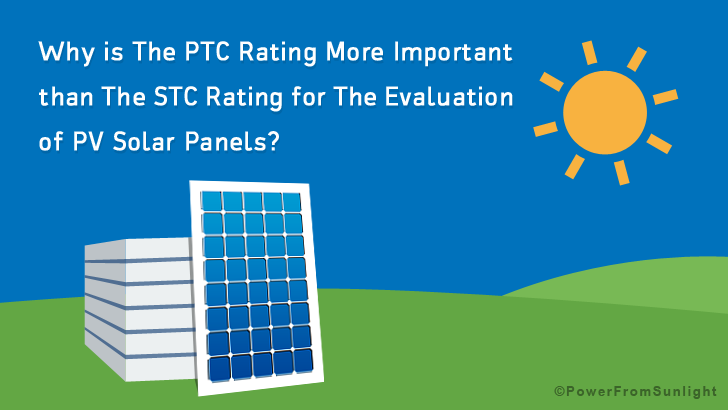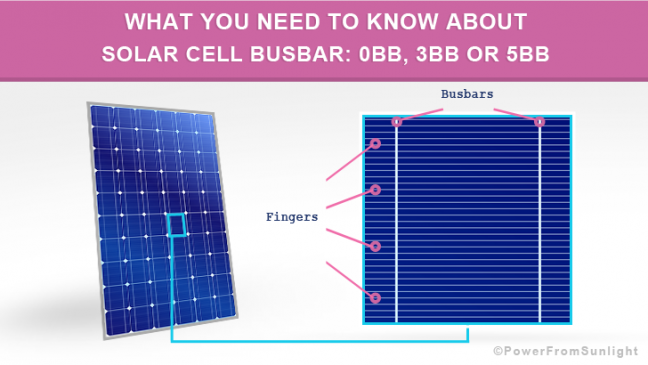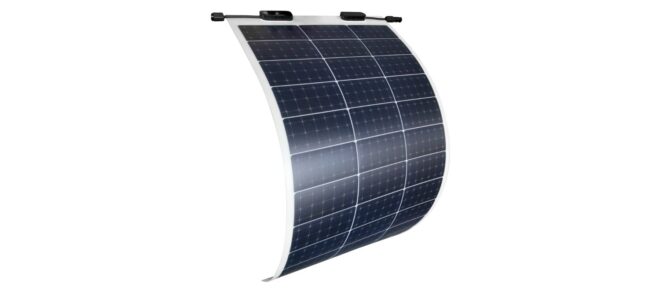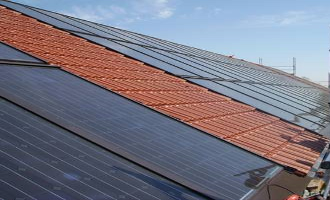
Why is The PTC Rating More Important than The STC Rating for The Evaluation of PV Solar Panels?
What is STC (standard test conditions)?

The electric output of PV solar panels is measured under standard test conditions (STC). For example, a Kyocera 180 Watt panel is 180 W under STC, which means that this module will typically produce 180 watts under the irradiation of 1,000 W/m2, at the cell and ambient temperature of 77°F (25°C) and an air mass of AM=1,5.
The solar panel manufacturers use STC testing to assort panels according to their power so that similar PV solar panels are used together.
The STC number can also be used to make a handy comparison and output evaluation of different solar PV modules. However, these conditions are rarely met in real-world conditions.
What is PTC (PVUSA Test Conditions)?

In the mid-nineties, under the direction of the National Renewable Energy Laboratory (NREL), a set of test conditions, which are much closer to real-world conditions, was developed to identify solar panel performance.
These were called “Photovoltaics for Utility Scale Applications Test Conditions” or PVUSA Test Conditions; more frequently “PTC.”
The major difference between STC and PTC is the temperature.
Under PTC, the solar cells have their “normal operating cell temperature” at 45°C (as if it were in the sun). The ambient temperature is set to 20°C, wind speed is 2.2 mph (~1 meter/second) at 10 meters above ground level, and the solar irradiance is equal to 1,000 Watts per square meter.
Due to the physics of PV solar panels, as they heat up, their power goes down. Therefore, the PTC rating is lower than the STC rating.
Why is a PTC rating used?
Compared to the STC rating, the PTC rating is recognized as a more realistic measure of PV output because its test conditions better reflect “real-world” solar and climatic conditions.
Solar panel manufacturers, who want to sell their modules in California, must submit them to the California Energy Commission (CEC) for testing.
At GoSolarCalifornia table, you can find PTC test results (nearly 16,000 panels). (Source: http://calenergycommission.blogspot.de)
(Source: http://calenergycommission.blogspot.de)
An Example from the GoSolarCalifornia table
| Manufacturer | Module | Description | BIPV | PTC |
|---|---|---|---|---|
| Jinko Solar | JKM260P-60 | 260W Polycrystalline Module | N | 238.2 |
The Jinko Solar JKM260P-60 watts polycrystalline Module has a PTC rating of 238.2 watts and an STC rating of 260 watts. As the panel heats up, as they all do in the real world, its output goes down.
The percentage drop off depends largely on the type of solar panel, materials used, and the manufacturer.
The PTC of solar panels with STC rating of 260 watts varies in the GoSolarCalifornia table from 217.1 watts (PTC/STC=0.835) to 239.8 watts (PTC/STC =0.922).
The Jinko Solar JKM260P-60 panel mentioned above is at the high end of the scale (PTC/STC=0.916).
How does the California Energy Commission calculate the PTC rating?
The PTC operating cell temperature is determined from the NOCT as follows:
Tcell, PTC = 20 + 1.389 * (NOCT – 20) * (0.9 – η)
The quantity (0.9 – η) is the percentage of the sun’s energy falling over the module that is converted into heat (It is assumed that 10% of the incoming energy is reflected).
η represents the fraction converted into, the solar panel efficiency. This value can easily be calculated from STC values.
The nominal operating cell temperature (NOCT) is measured in the nominal terrestrial environment, which is described in ASTM E1036-96, Annex A1 technical standard, and is basically 800 W/m2, 20°C ambient temperature and 1 m/s wind speed.
The solar panel efficiency η is:
η = PSTC/(1,000 W/m2) / area
- “area” is the panel cell area in m2
- PSTC; the module DC power rating under STC
Once the PTC cell temperature is determined, the PTC rating can be calculated using the STC power and the temperature coefficient of power (CT) by the following equation:
PPTC = PSTC * [1 + CT * (Tcell, PTC − 25°C)]






